Building a better budget process for 2026: Proposing a multi-step framework
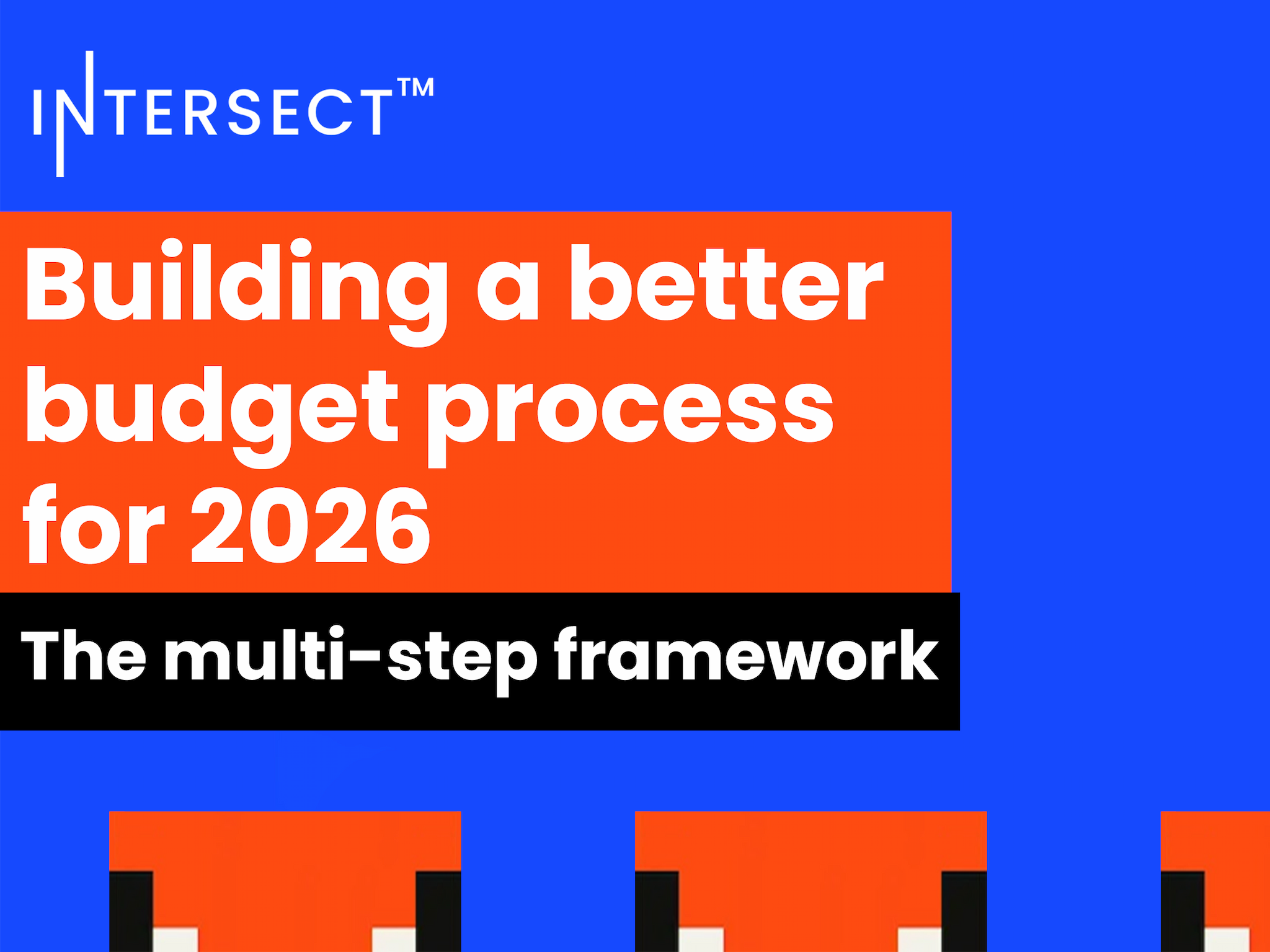
As we prepare for 2026, a joint initiative between the Cardano Foundation and Intersect’s Budget Committee has been hard at work reimagining the way we plan, review, and execute a Cardano budget process.
Recognizing that a budget process for Cardano will improve iteratively, this new framework aims to make Intersect’s budget process more predictable, transparent, and efficient. It introduces clearer templates, earlier access to consistent information, and fewer redundant steps, closing gaps such as raising the threshold bar, and helping DReps make higher-quality decisions while reducing fatigue for vendors, committees, and the wider community.
It is presented now as a draft, and your feedback is essential to refine it.
Overview: from vision to execution
Cardano’s 2026 budget process introduces a more structured, transparent, and iterative approach to community-led funding. The process builds on lessons learned from 2025, emphasizing alignment, accountability, and better communication across every stage.
The following overview outlines how each step contributes to a stronger, more predictable governance cycle, designed to make budgeting more collaborative and data-driven while minimizing duplication and uncertainty.
The proposed 2026 process moves through multiple distinct steps, with DReps signalling approval throughout:
Step 0: Strategic planning – Together with the Product Committee and others, propose a vision and working strategy, including goals, and this framework for community endorsement on-chain.
Step 1: Preparation & data collection – Gather proposals using new and improved standardized templates, tying together strategic fit and KPIs.
Step 2: Review & approval – Feedback loops with proposers, DReps, and the broader community through structured feedback and refinement.
Step 3: Proposal consolidation – Threshold-reaching proposals are combined into a single Budget Info Action.
Step 4: Execution & monitoring – Request funds from the treasury (pending step 3 approval on-chain), and begin Administration services, including payment staging and milestone reporting.
Each step builds on the last to reduce rework, minimize complexity, and ensure that proposals are more aligned from day one.
The 2026 Net Change Limit
The current Net Change Limit (NCL), which determines the total amount of ada that can be withdrawn from the Treasury within a set period, is due to expire at the end of epoch 604 in December this year.
One economic theme that has emerged during the course of 2025 is the definition of the NCL and its interpretation in relation to Cardano’s constitution. There are multiple constitutional ways to define the NCL, and we should advance the discussion on how it should be considered moving forward.
Connected to the maturing budget process described here, there is an emerging need to consider a longer-term view of Cardano’s economic and budgetary frameworks and to establish a consistent interpretation of the NCL component within the constitutional context.
The flexibility afforded in the constitution allows an NCL to be set for a given period, which could be as short as several epochs. In the coming weeks, a shorter NCL will be proposed by the Budget Committee to maintain continuity of Treasury operations while allowing space for further discussion and refinement of the framework. Such a placeholder would provide stability over the short term, while acknowledging that a new NCL may be required in 2026 to support constitutional access to future Treasury withdrawals aligned with Cardano’s budget and development priorities.
Tentative timeline
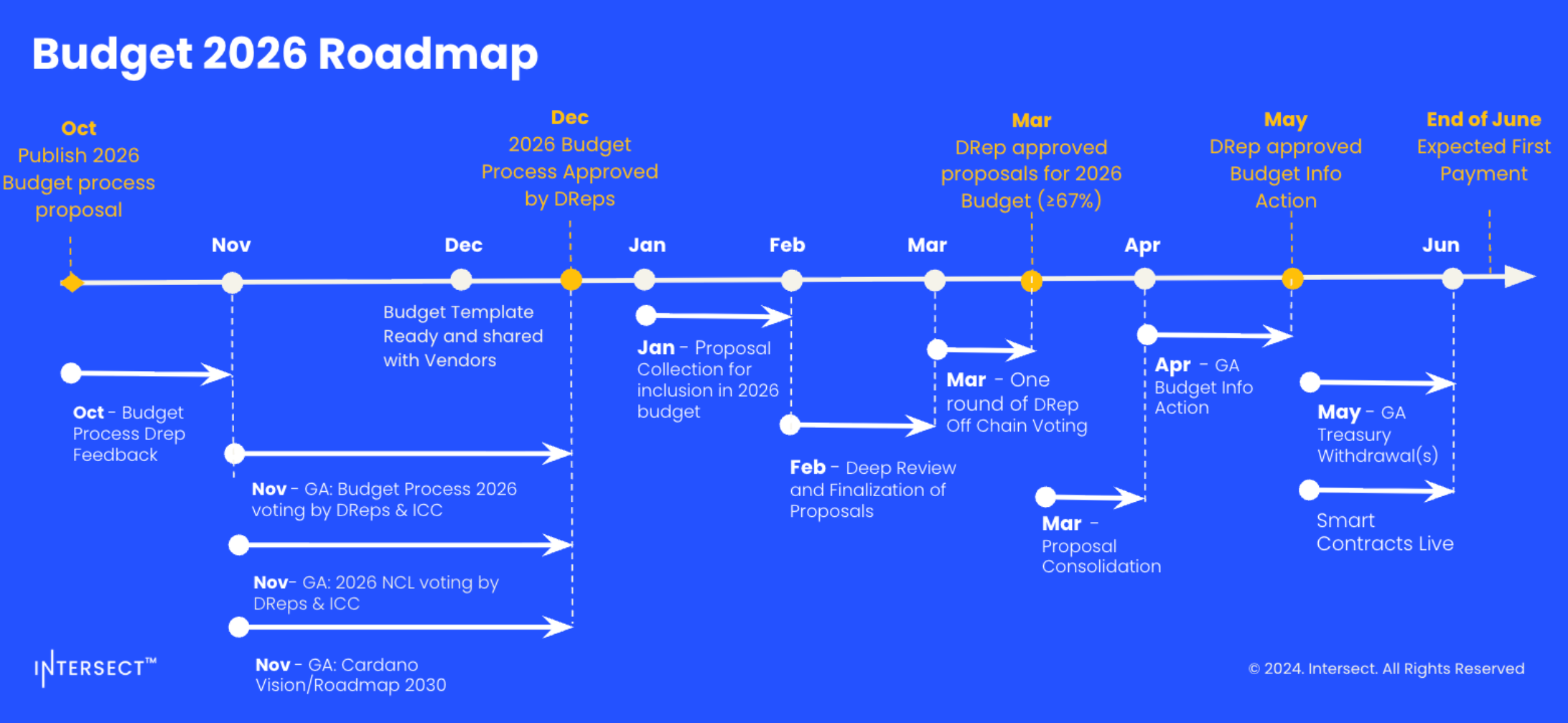
(Note: the roadmap remains a working timeline, but is intended to be detailed to demonstrate thought-process and planning).
By structuring the process into more precise, progressive steps, the 2026 cycle makes budgeting a shared responsibility among vendors, DReps, and the wider Cardano community.
Steps in more detail
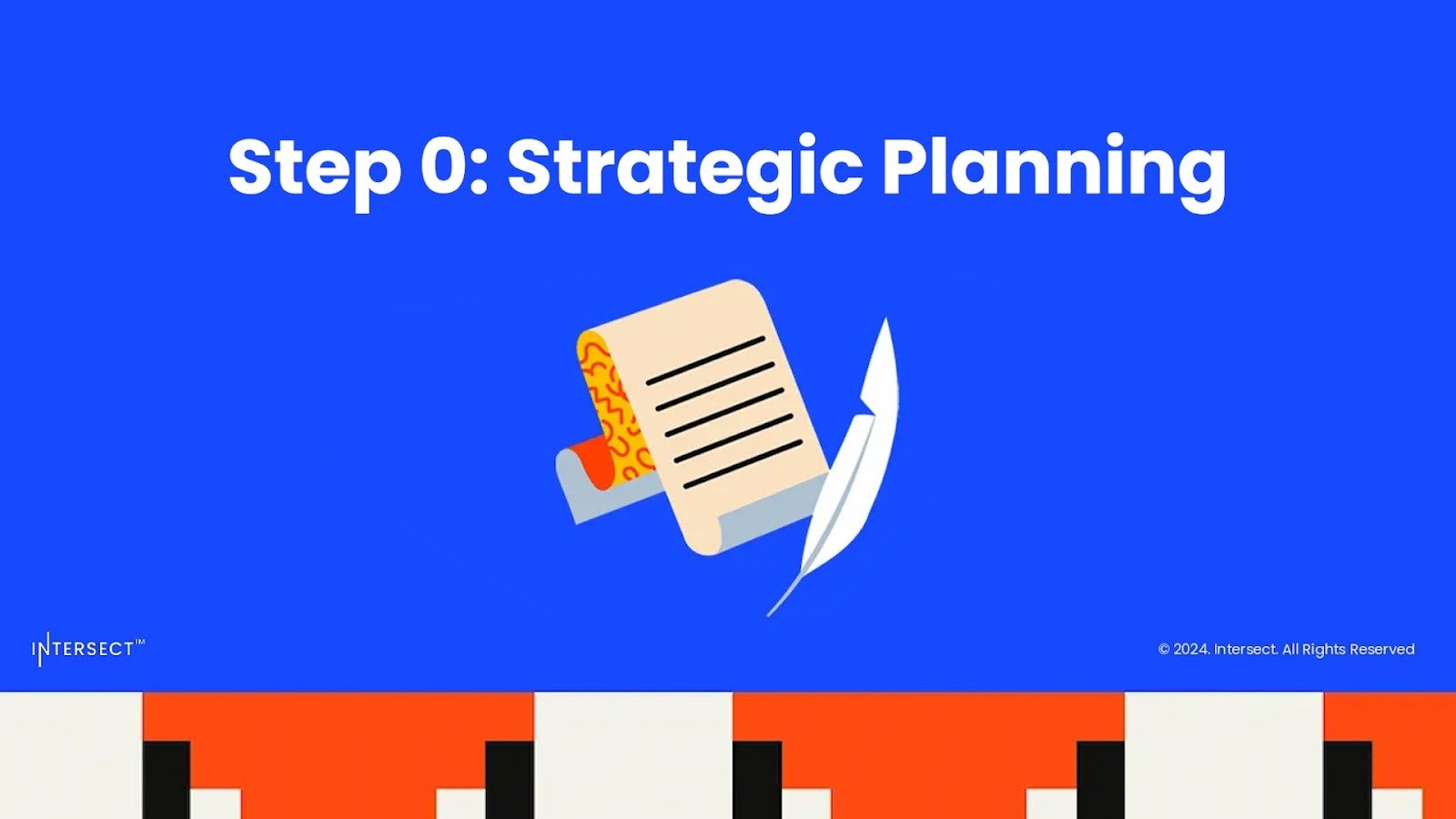
A substantial budget is optimized best when it begins with a clear strategy. In this phase, Intersect and the Product Committee, based on community feedback, will prepare info actions to propose a Cardano Vision for 2030, followed by specific annual priorities for 2026. Concurrently, the Budget Committee, with input from the community, will propose this Budget Process Framework for 2026 (pending refinements as currently in draft), setting key parameters like budget categories and the planning horizon.
The intention will be to present both the strategic vision and the budget framework to the community and DReps for approval in separate info actions. By securing this alignment upfront, the ecosystem gains greater clarity and a shared understanding of goals and responsibilities before the proposal cycle begins.
The output of this stage would be a DRep-approved strategic direction and a ratified budget process.
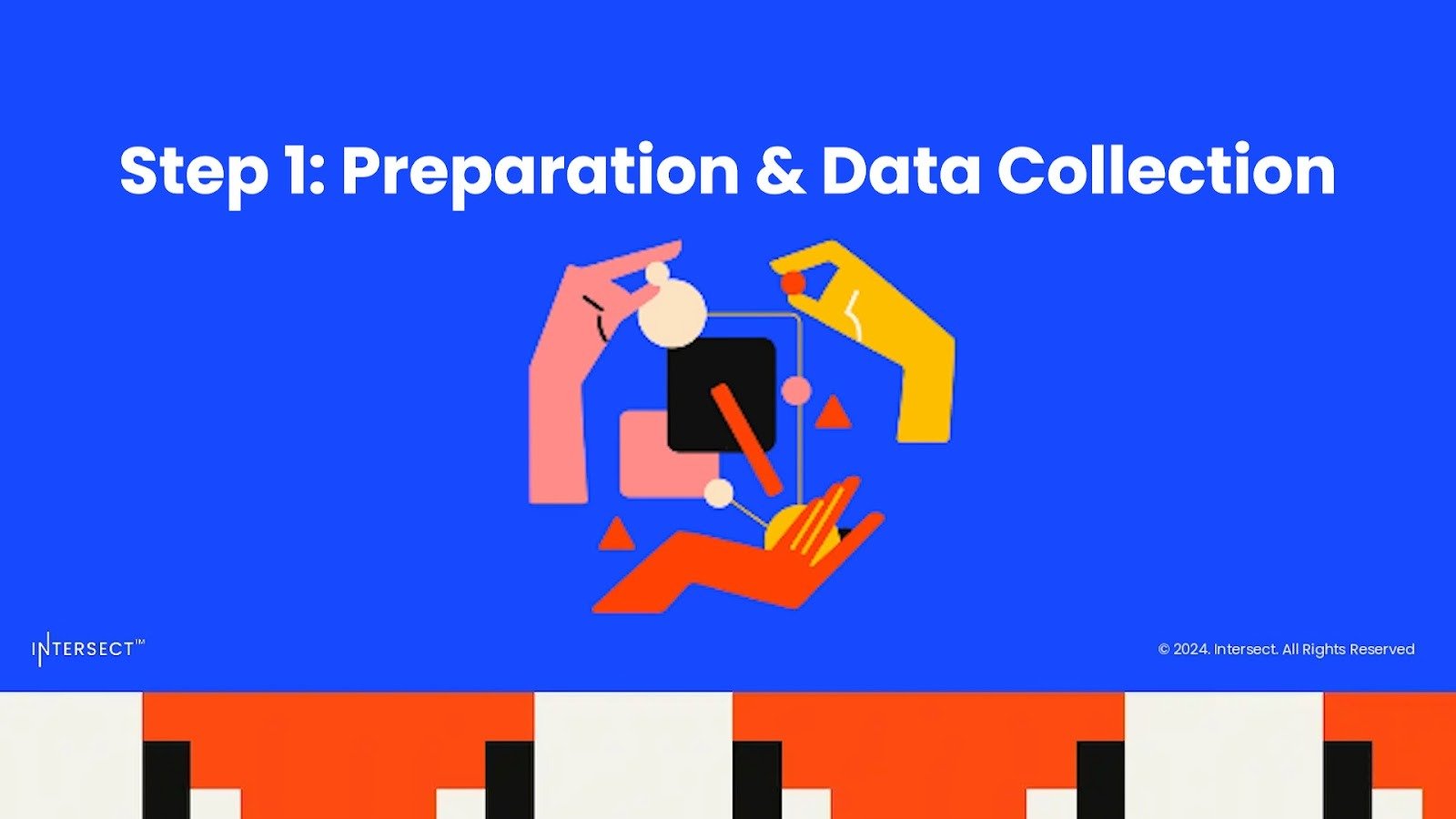
With the strategy set and the budget process approved, this phase focuses on gathering high-quality proposals through standardized templates. These templates represent a significant improvement to our process, as they are designed to:
- Align submissions directly with Cardano’s strategic goals.
- Create consistent data fields for objective comparison.
- Simplify the evaluation process for all reviewers.
To ensure all participants can contribute effectively, the Budget Committee will provide multilingual educational resources and host kickoff sessions. These sessions will outline expectations, deadlines, and evaluation criteria, creating a shared foundation of knowledge for vendors, committees, and DReps alike.
The result of this stage is a set of well-structured, complete proposals ready for collaborative review, significantly reducing the need for time-consuming clarification requests later in the process.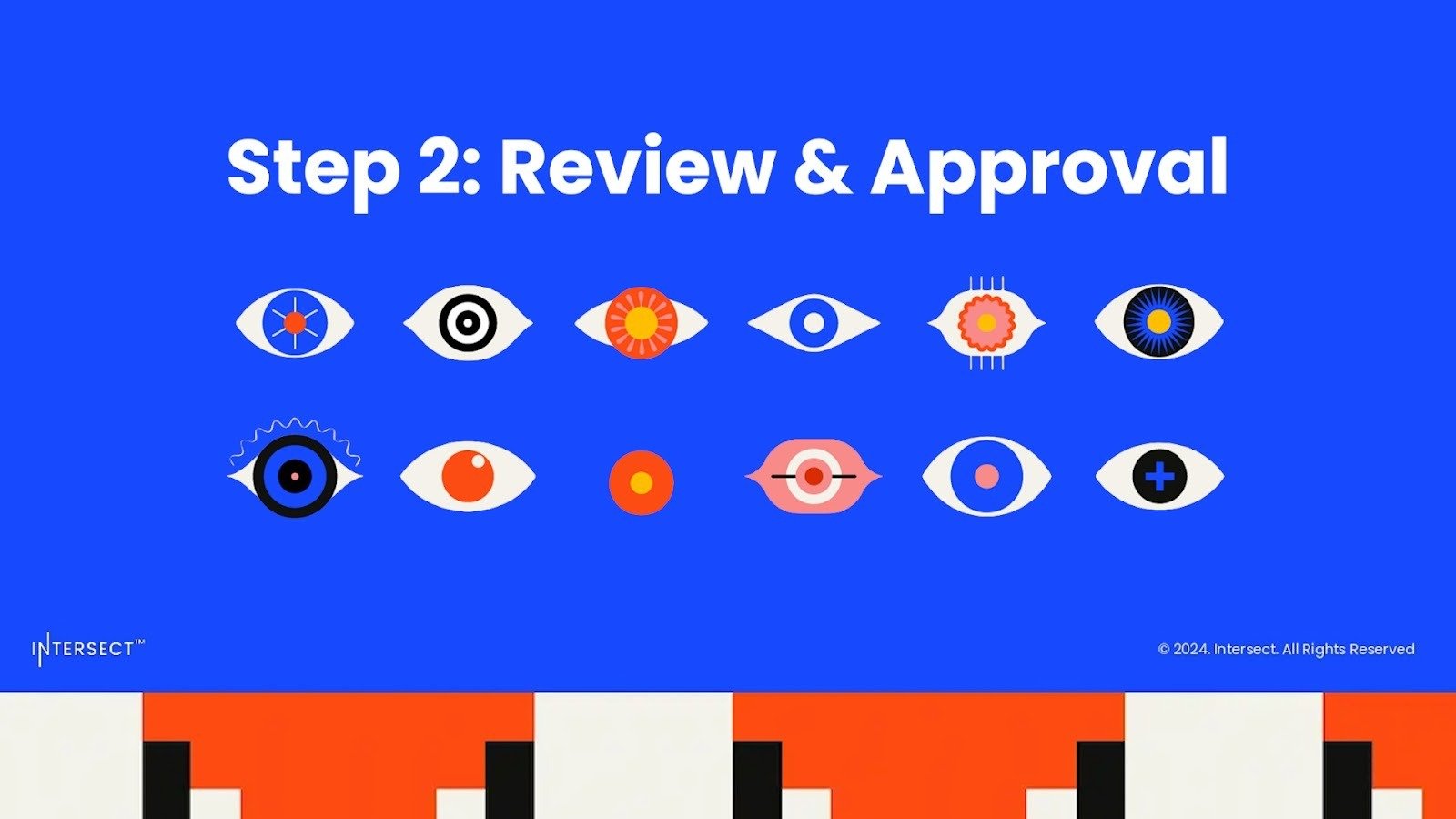
This stage is the heart of the budget process, designed for vendors and the community to openly review proposals and help shape the contents of the budget info action. It also introduces a change to the approval threshold compared to this year: proposers must now receive more than 67% of participating DRep stake to be included in the formal Budget Info Action, aligning with the final on-chain threshold required at the Treasury Withdrawal stage.
The suggested three phases below offer a structured loop to openly gather expert and community feedback, ensuring that the proposals DReps vote on are finalized and clear. This can help front-load the review work to avoid the burnout and information overload many noted in the 2025 process.
- Phase 1: Draft & Iterate
Vendors submit their initial proposals and then refine them based on continuous feedback from the community. This phase is for open collaboration and revision.
- Phase 2: Consolidation & Finalization
No new proposals can be submitted. The emphasis now is on consolidation and finalization, ensuring all proposals are complete, consistent, and follow the approved templates before moving forward. To advance, proposers must lock their final versions, providing a stable draft for evaluation.
- Phase 3: Selection & Off-Chain Voting
DReps review the locked, finalized submissions. They cast a single round of off-chain votes to signal their support. Proposals that achieve a two-thirds (≥67%) supermajority based on the voting power are approved to be included in the final budget info action.
This proposed loop is designed to facilitate more transparent and more efficient collaboration.
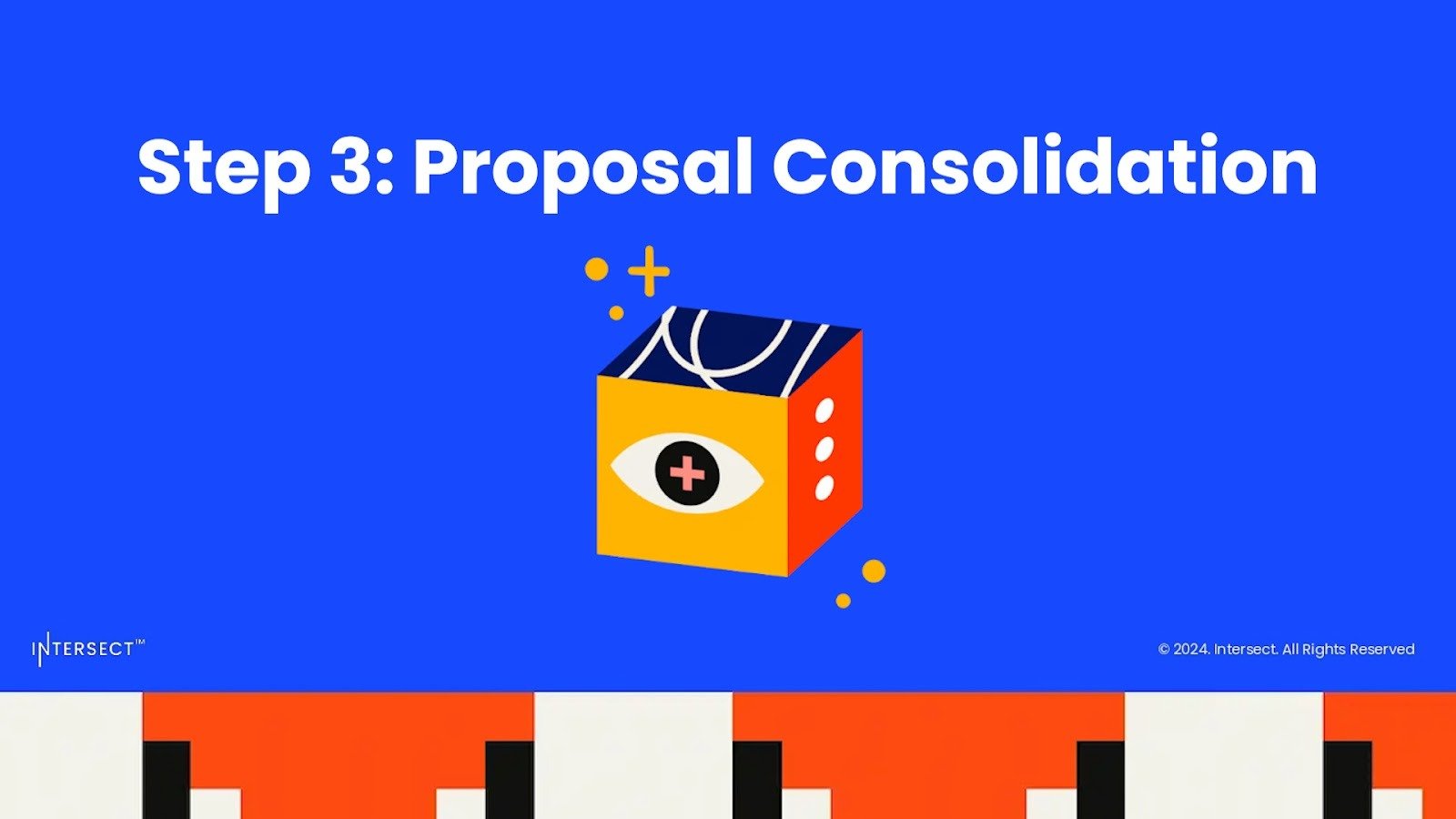
Once DReps have approved individual proposals, the Budget Committee and Intersect staff begin the consolidation phase. Their primary responsibility is to consolidate all approved items into a formal Budget Info Action (BIA) for the on-chain vote.
Depending on the scope of the approved initiatives, this will likely result in proposing a single, consolidated budget with a level of consent baked in.
This supports a final budget assessed as a strategic whole, where every included proposal is connected to the Vision 2030 roadmap and its measurable outcomes.
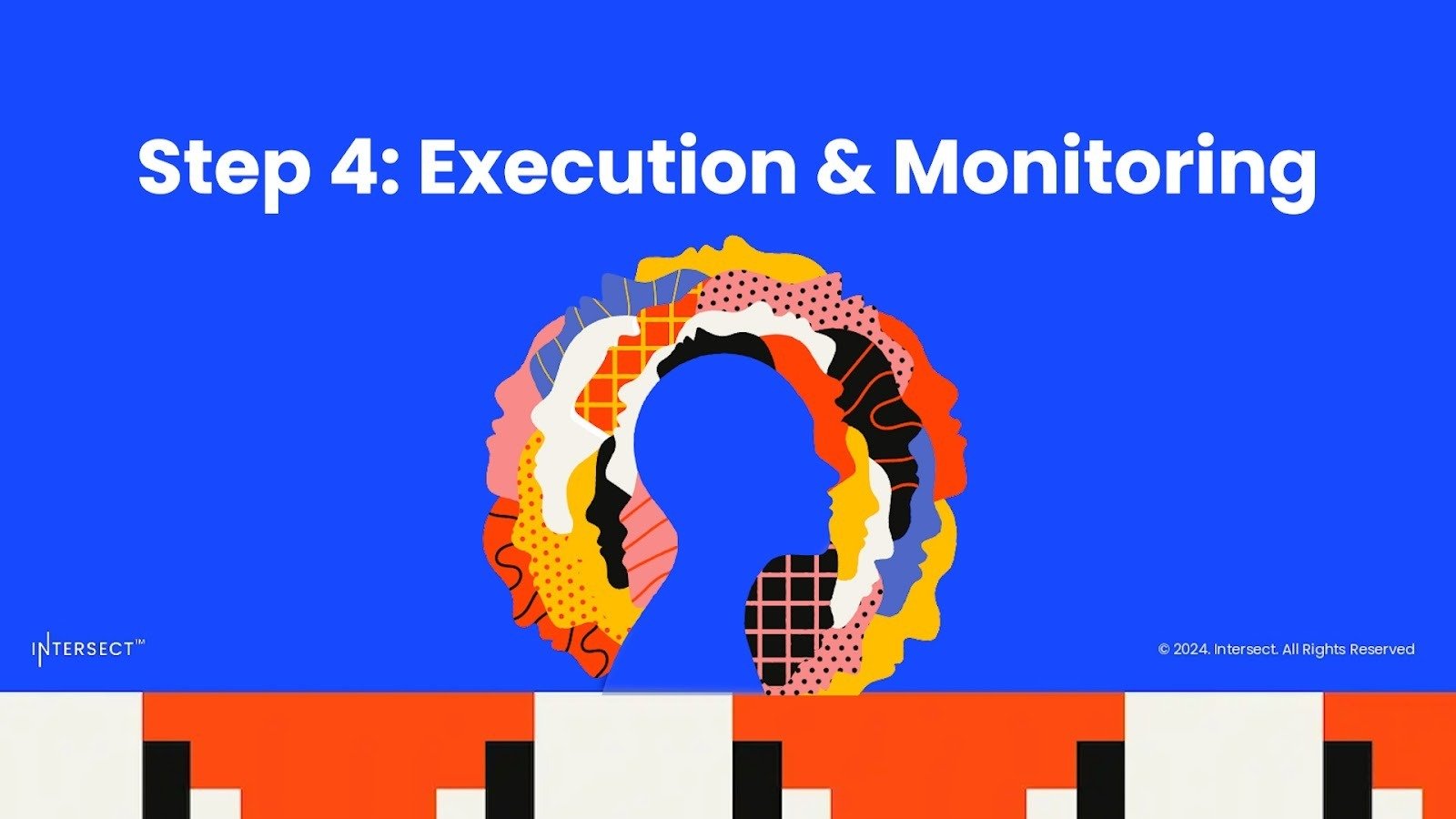
In the final stage, and if we have an approved budget, the proposals within are moved to the Treasury Withdrawal stage to confirm constitutional requirements related to receiving addresses, among others.
As proposals required a 67% threshold in the off-chain consensus building phase, and were subsequently approved on-chain in a Budget Info Action, Intersect will submit a single Treasury Withdrawal Governance Action to confirm the release of funding. This leans into a more efficient approach to on-chain approvals, whilst at the same time strengthening the effectiveness and integrity of the process.
Administering funding
A core principle of the latter part of the phase is milestone-based delivery. Payments are disbursed via the established smart contract setup and are programmatically tied to verified project outcomes, ensuring funds are released only upon successful performance.
Intersect manages ongoing oversight and the receipt of audits. This process includes tracking results and publishing transparent reports on project progress and spending. This creates a robust chain of accountability, ensuring funds are used as intended, outcomes are measured, and the community stays informed throughout the budget's lifecycle.
From a better process to stronger governance
When a shared strategy guides our budget, proposals are easily comparable, and execution is tracked transparently, we not only cultivate a culture of confidence and accountability but also strengthen the integrity, effectiveness, and efficiency of Cardano’s governance model.
The 2026 process proposed here is a step forward towards achieving that goal. But now, to finalize this design, we need your input.
Join us in shaping the final framework.
As the 2026 budget process continues to take shape, so too does the structure around it. Intersect’s ongoing Committee Elections are open, including seats on the Budget Committee, the group responsible for guiding and overseeing this very framework. If you want to play a direct role in how Cardano’s budget is designed, managed, and improved, this is your opportunity to get involved.
- Provide feedback in one click
- Watch the video and apply to join the Budget Committee
- Learn more about the Budget Committee in our knowledge base
- Join the feedback sessions.
Your feedback remains the final and most critical component. We’d love to hear feedback from you on the below!
- Do these multiple steps provide a clear and logical path?
- Are there opportunities to simplify the process even further?
- How can we ensure this framework is both inclusive and efficient?
Share your thoughts through this quick-submit link, the Cardano Forum, engage directly with the Budget Committee, or contribute to the upcoming DRep survey. Together, we will refine and finalize a budget process worthy of Cardano’s next chapter.